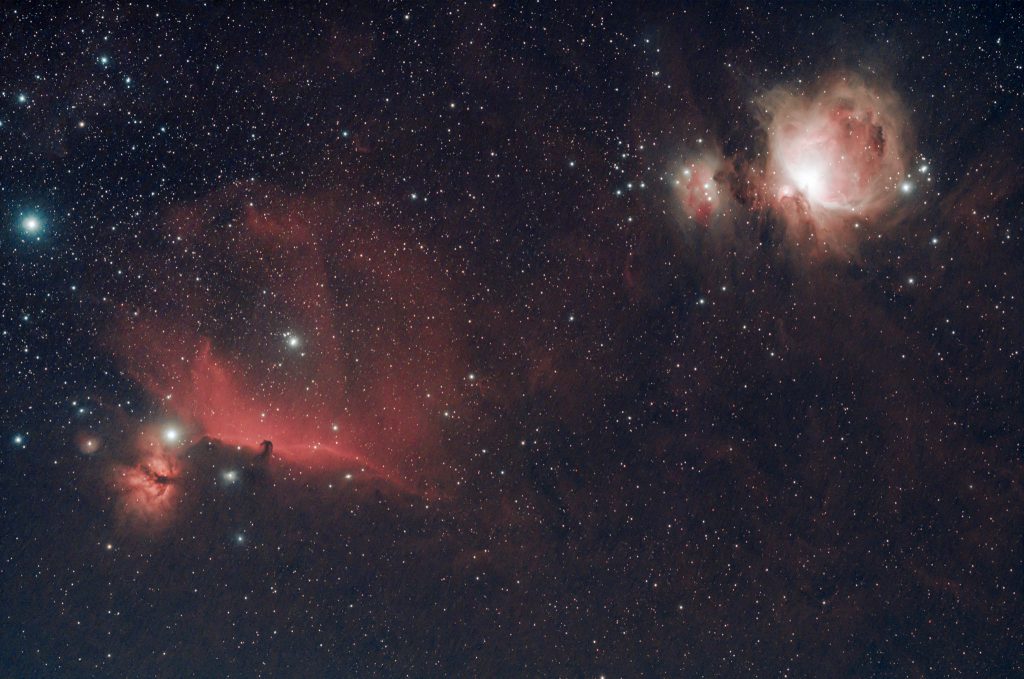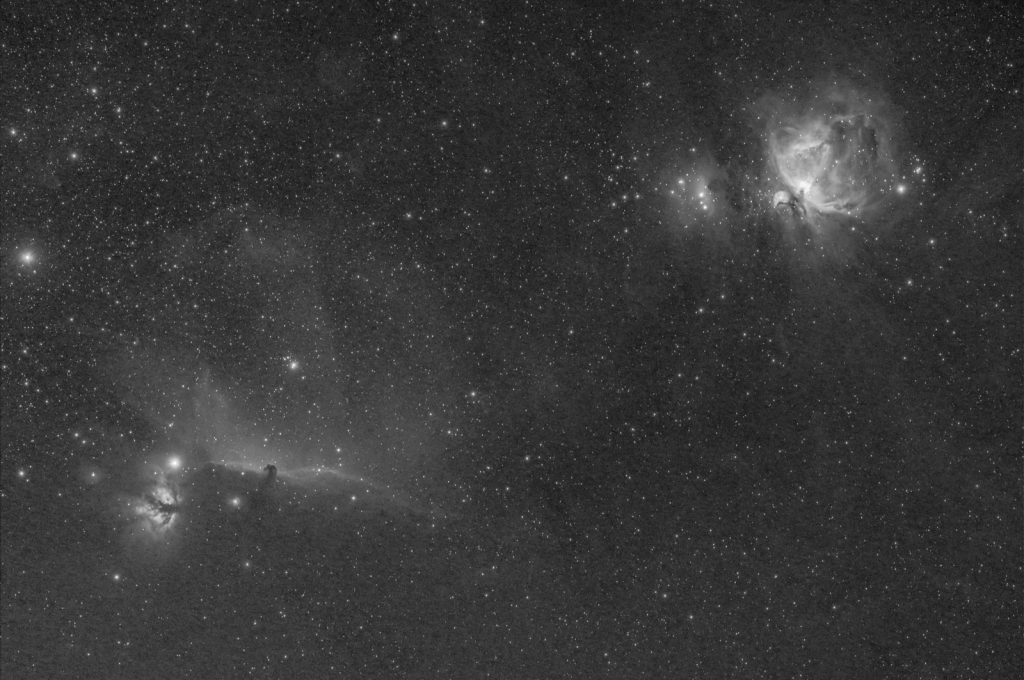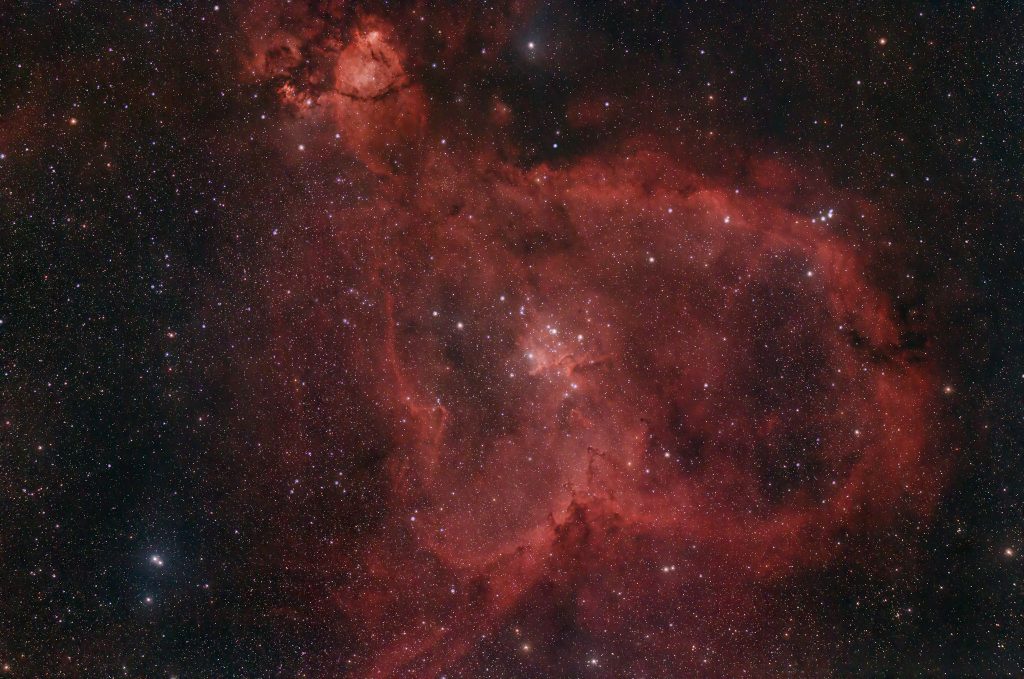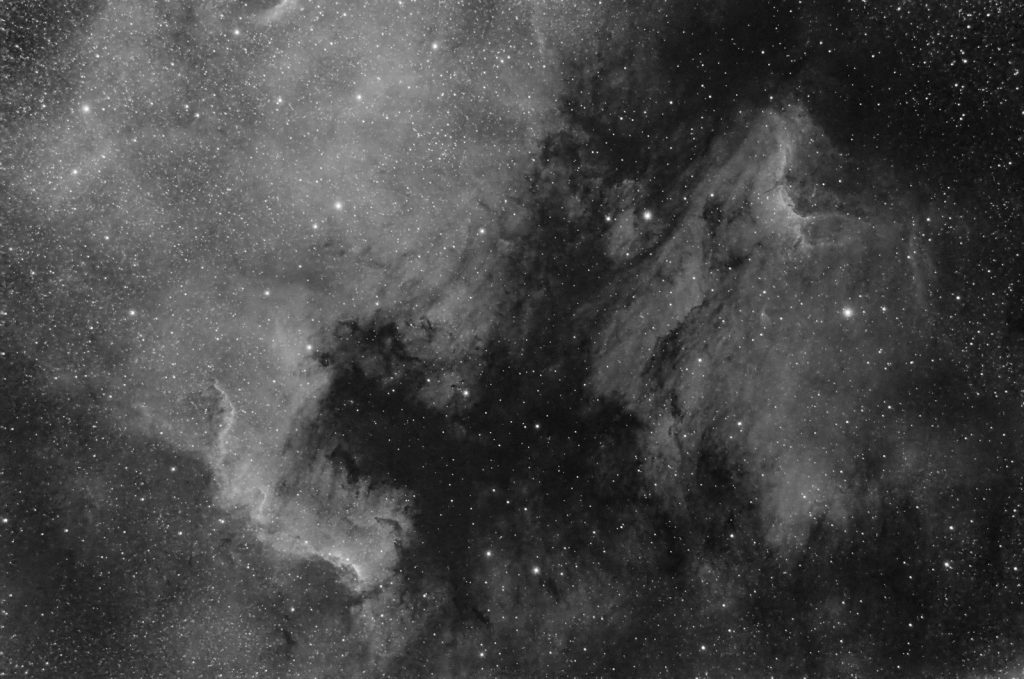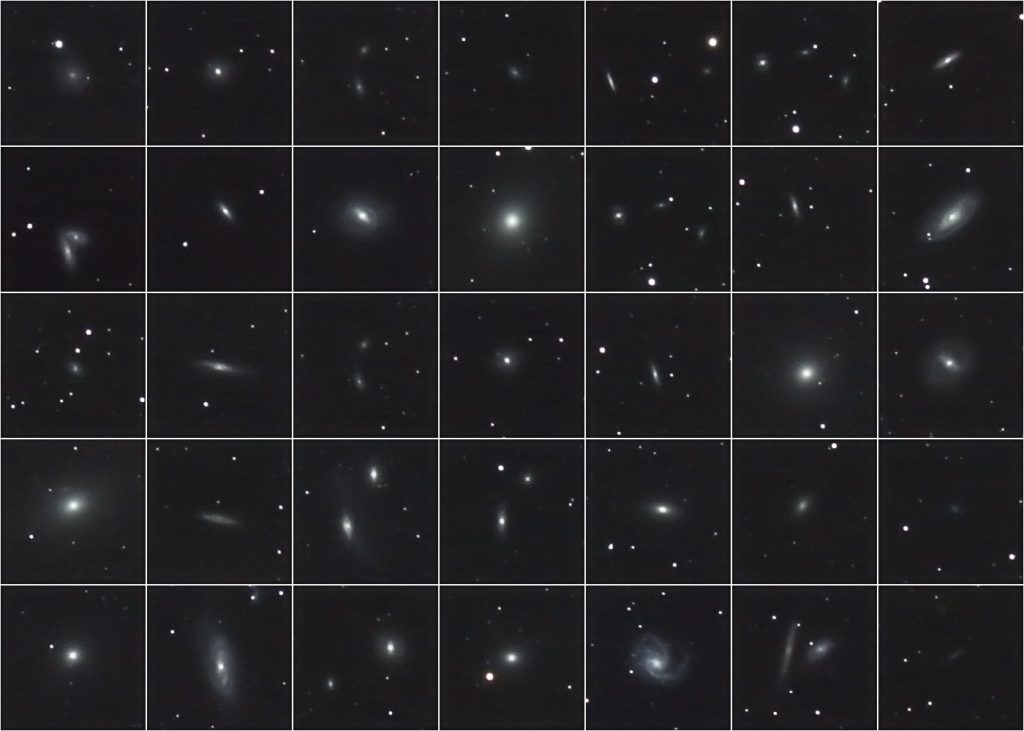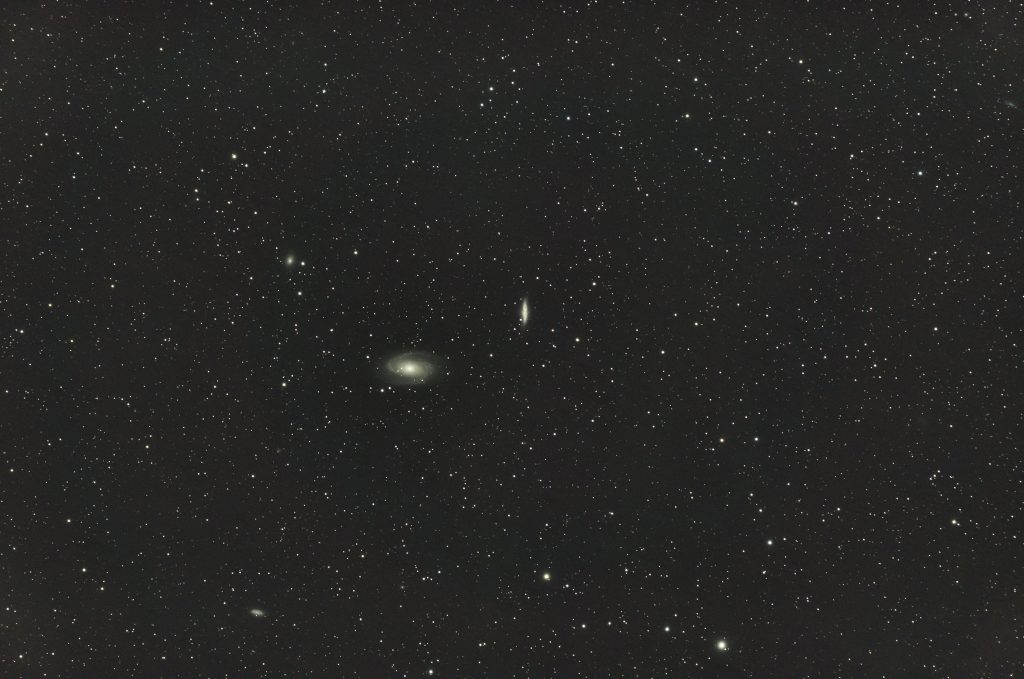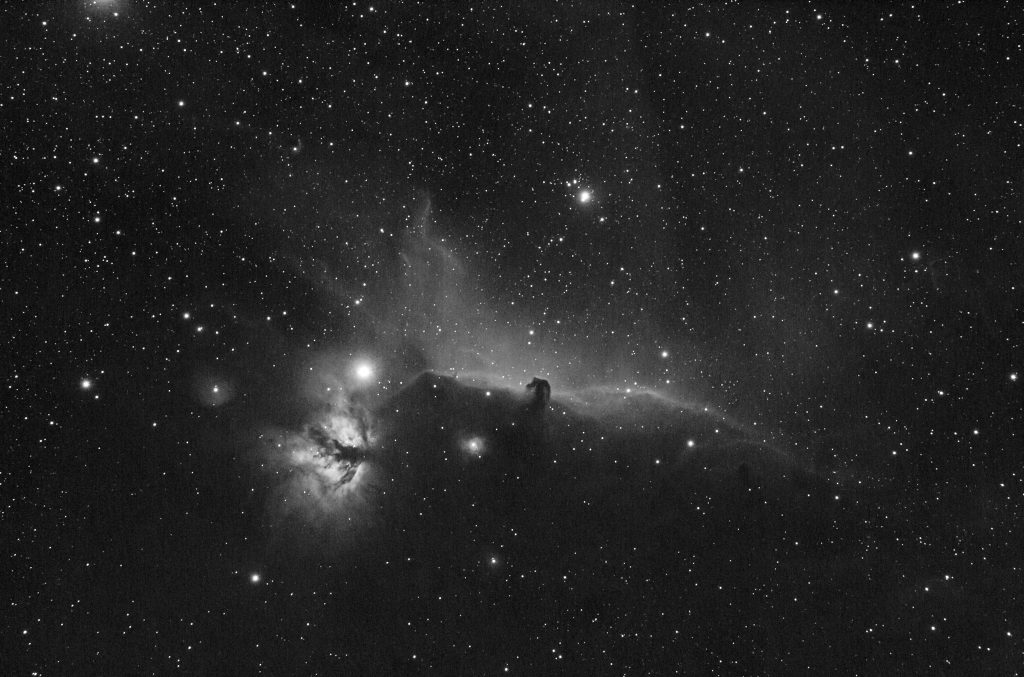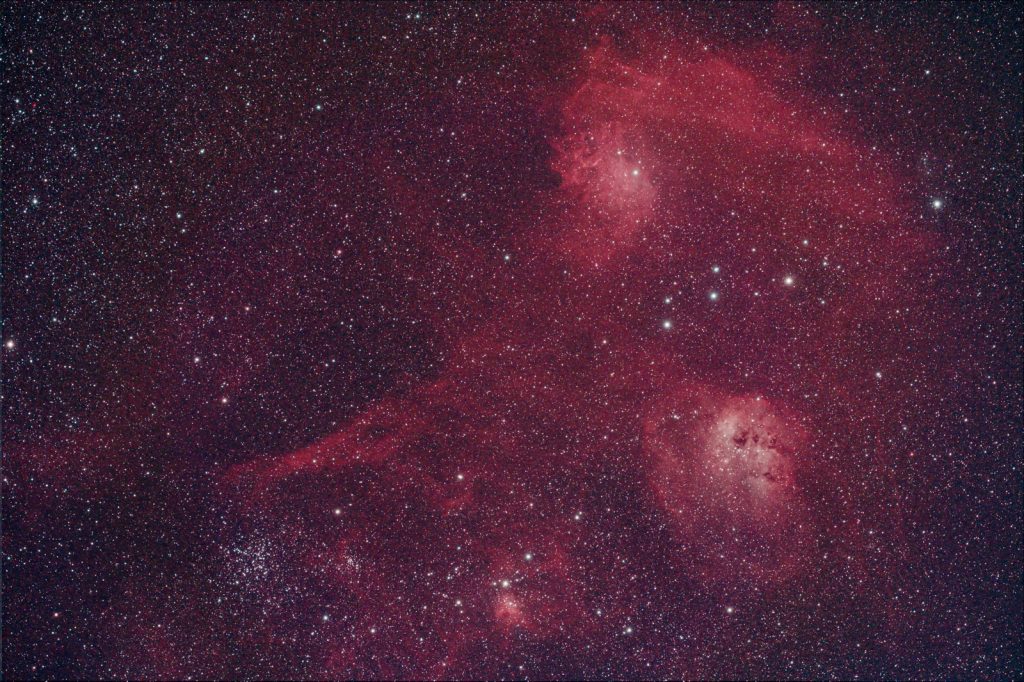
The flaming star nebula IC405 is visible at the upper right in this image, it is a cloud of glowing hydrogen excited by the very hot O-type star AE Aurigae. AE Aurigae is believed to be a former member of a multiple star in the trapezium of Orion. When two binary stars got too close to each other, AE Auriga and presumably also Mu Columbae got ejected. It is now a high velocity star just passing through this gaseous region in the constellation Auriga.
Read More